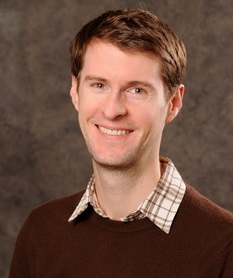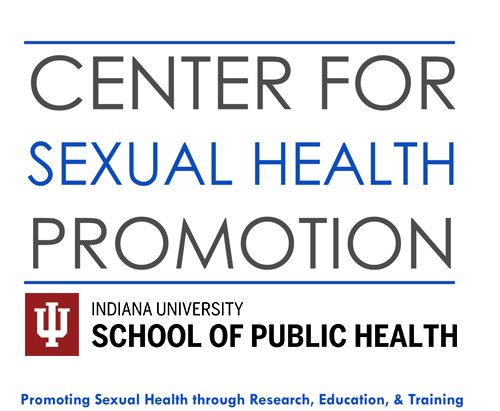Posted on
While previous research has focused primarily on identifying individual-level risk factors for HIV infection, accumulating evidence points to social determinants of HIV outcomes particularly for stigmatized groups. Stigma, which occurs when an individual possesses a socially-devalued identity, is an important social determinant that may exacerbate the spread of HIV among marginalized individuals by restricting their public visibility and by limiting their access to prevention and treatment efforts due to fear of discrimination. Stigma operates at several levels, including individual, interpersonal, and structural, to affect HIV risk.
Structural stigma has been conceptualized as “societal-level conditions, cultural norms, and institutional policies that constrain the opportunities, resources, and wellbeing of the stigmatized,” but its direct impacts on health are not yet well understood.
Researchers at the Indiana University School of Public Health-Bloomington’s Center for Sexual Health Promotion, in collaboration with colleagues at the Mailman School of Public Health at Columbia University, have received a five-year $3 million grant from the National Institute of Mental Health to examine the impact of structural stigma on HIV risk and prevention outcomes among a nationally representative probability cohort of adults across the United States. The framework for the study’s data collection is built upon the Center’s groundbreaking National Survey of Sexual Health & Behavior (NSSHB), which is among the nation’s first and only ongoing probability studies on sexuality in the general population of the United States.
The study is led by co-Principal Investigators Brian Dodge (IUSPH, Department of Applied Health Science) and Mark Hatzenbuehler (Columbia University, Department of Sociomedical Sciences) and the research team includes Debby Herbenick (IUSPH, Department of Applied Health Science), Kenneth Mayer (The Fenway Institute), Wanzhu Tu (IU School of Medicine, Department of Biostatistics), John Pachankis (Yale University, Department of Epidemiology), and William L. Jeffries, IV (Centers for Disease Control & Prevention).





